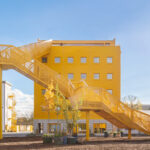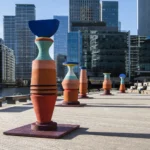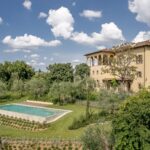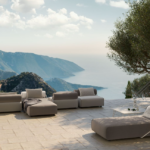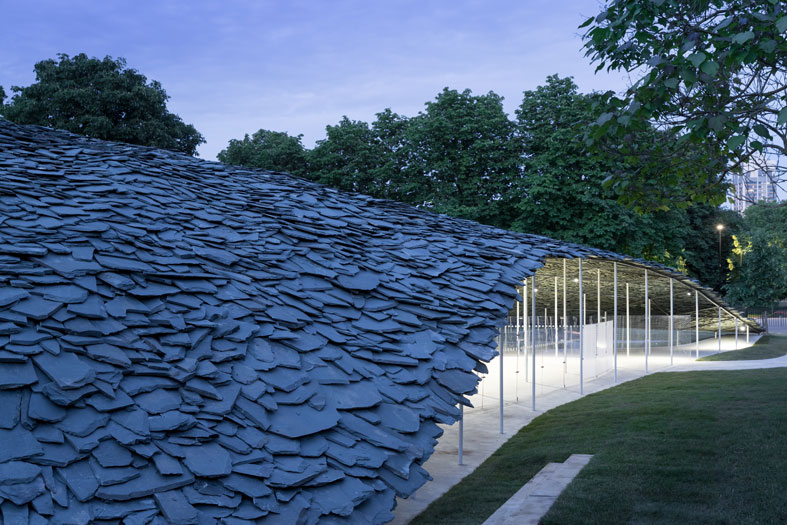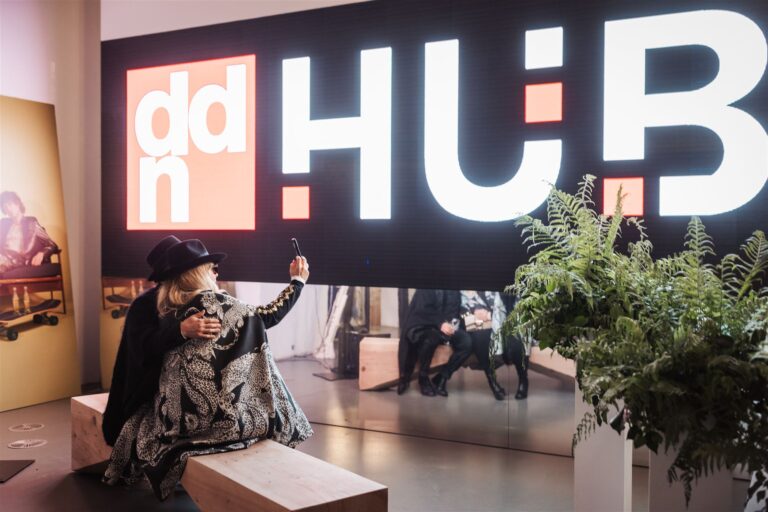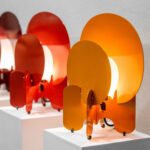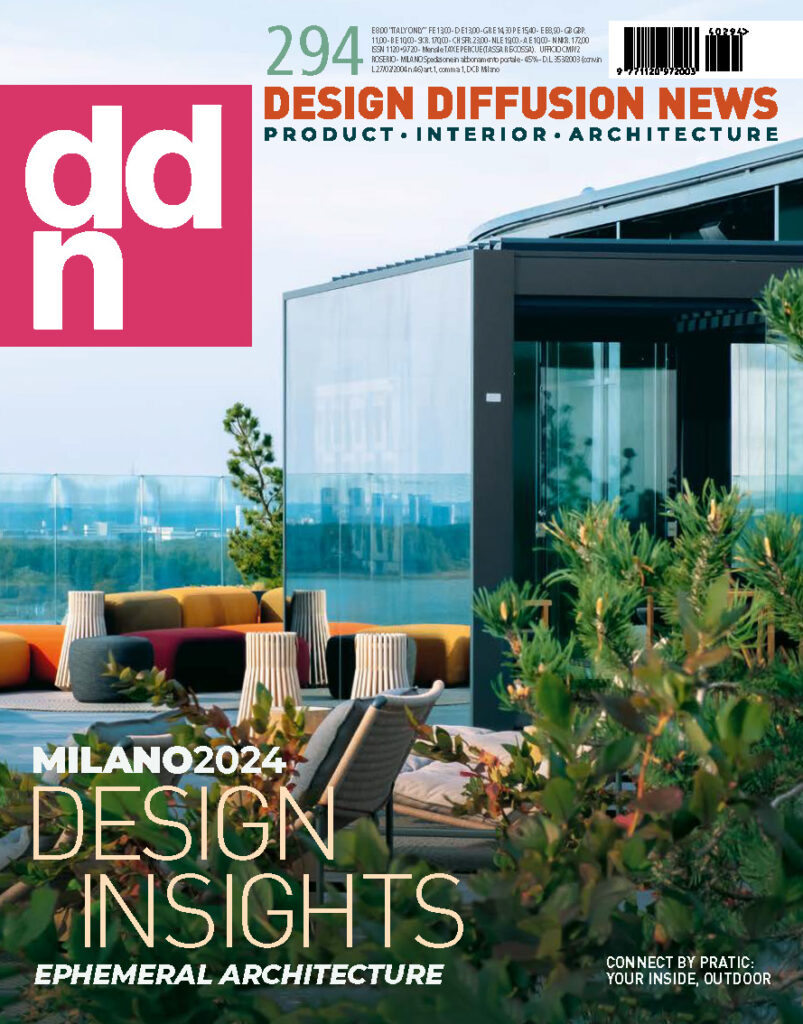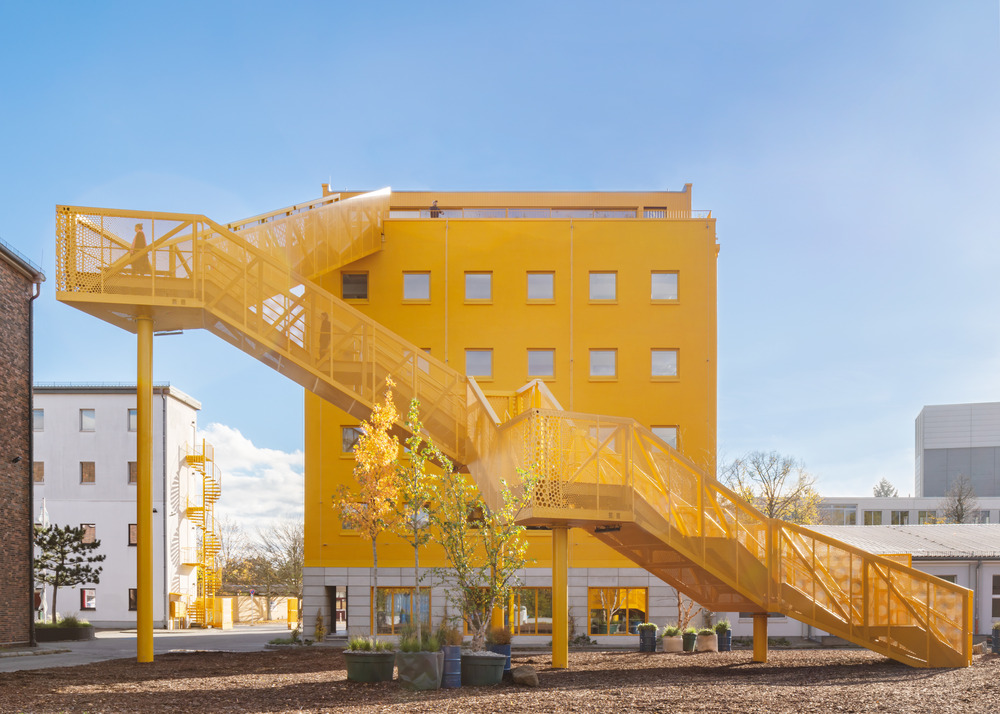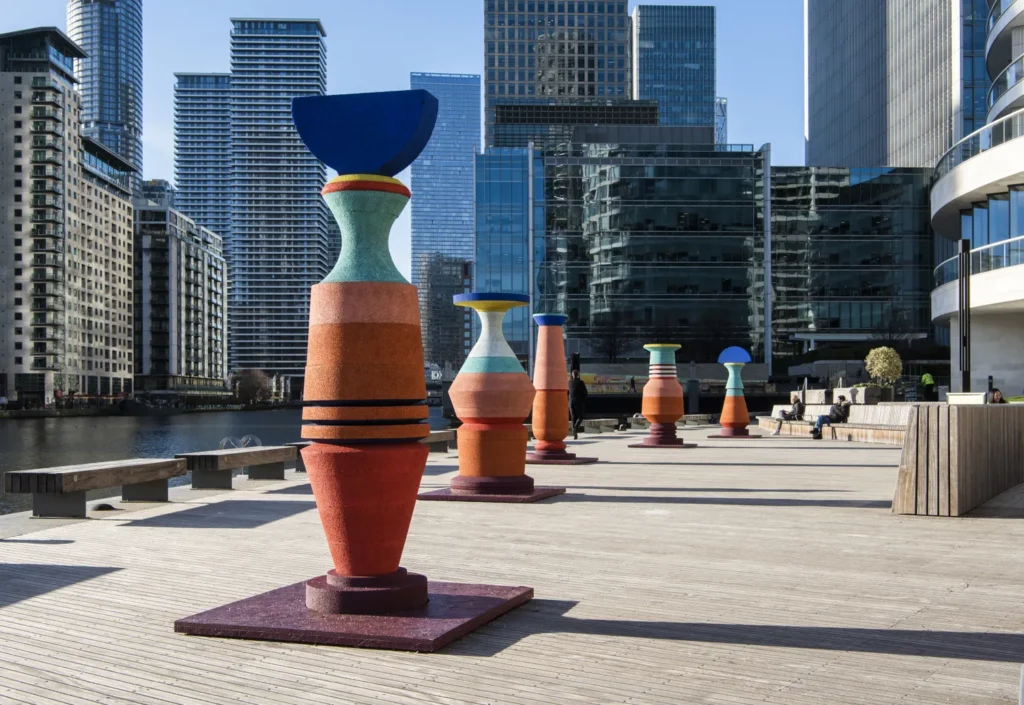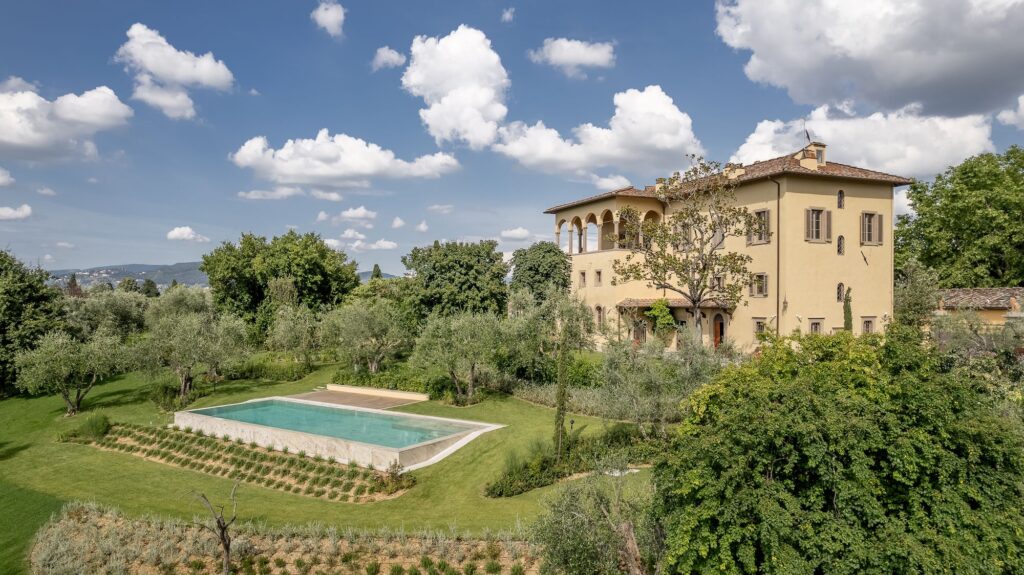The twentieth edition of the Serpentine Pavilion entrusted to the Japanese Junya Ishigami
Every year the Serpentine Gallery sets up in Kensington Gardens, Hyde Park, London, a temporary architectural structure, the Serpentine Pavilion, entrusted to a renowned international architect. The architect chosen for 2019 is Junya Ishigami.
Established in 2000, over the years, the Serpentine Pavilion has been designed by Zaha Hadid (the first ever), Daniel Libeskind, Toyo Ito and Cecil Balmond, Oscar Niemeyer, Alvaro Siza and Edouardo Souto de Mora with Cecil Balmond, Rem Koolhas with Cecil Balmond, Olafur Eliasson & Kjetil Thorsen, Frank Gehry, SANAA, Jean Nouvel, Peter Zumthor, Herzog & De Meuron with Ai Weiwei, Sou Fujimoto, Smiljan Radic, SelgasCano, Bjarke Ingels, Francis Kéré and Frida Escobedo.
Read also Serpentine Pavilion 2018, a project by Frida EscobedoIshigami is the twentieth architect to design a Serpentine Pavilion, open to the public from 21 June to 6 October 2019.
This year’s Pavilion takes inspiration from roofs, perhaps the simplest and most widespread architectural feature in the world.
Junya Ishigami’s “roof” is made by arranging slates to create a single canopy roof that seems to emerge from the ground. The interior is a cave-like space, a refuge for contemplation. Ishigami’s architectures always try to reconcile man with the surrounding nature, attributing “human characteristics” to natural elements such as forests and green landscapes, a constant with his projects.
The solidity of the material, as opposed to the floating shape, creates a contrast suggesting the idea of a light element that levitates.
Junya Ishigami’s Picnic
Among the many projects by Junya Ishigami, we can mention the installation for Interieur 2010, with the Family Chairs by Living Divani. On that occasion, the backrests of the chairs, of various sizes and shapes, were covered with white knitwear: caps for backrests, sweaters for seats and backrests, socks for the feet. Dressed in this way, the chairs were grouped to form families – parents and children – or groups of friends, as if they were having a picnic. [Roberta Mutti]

